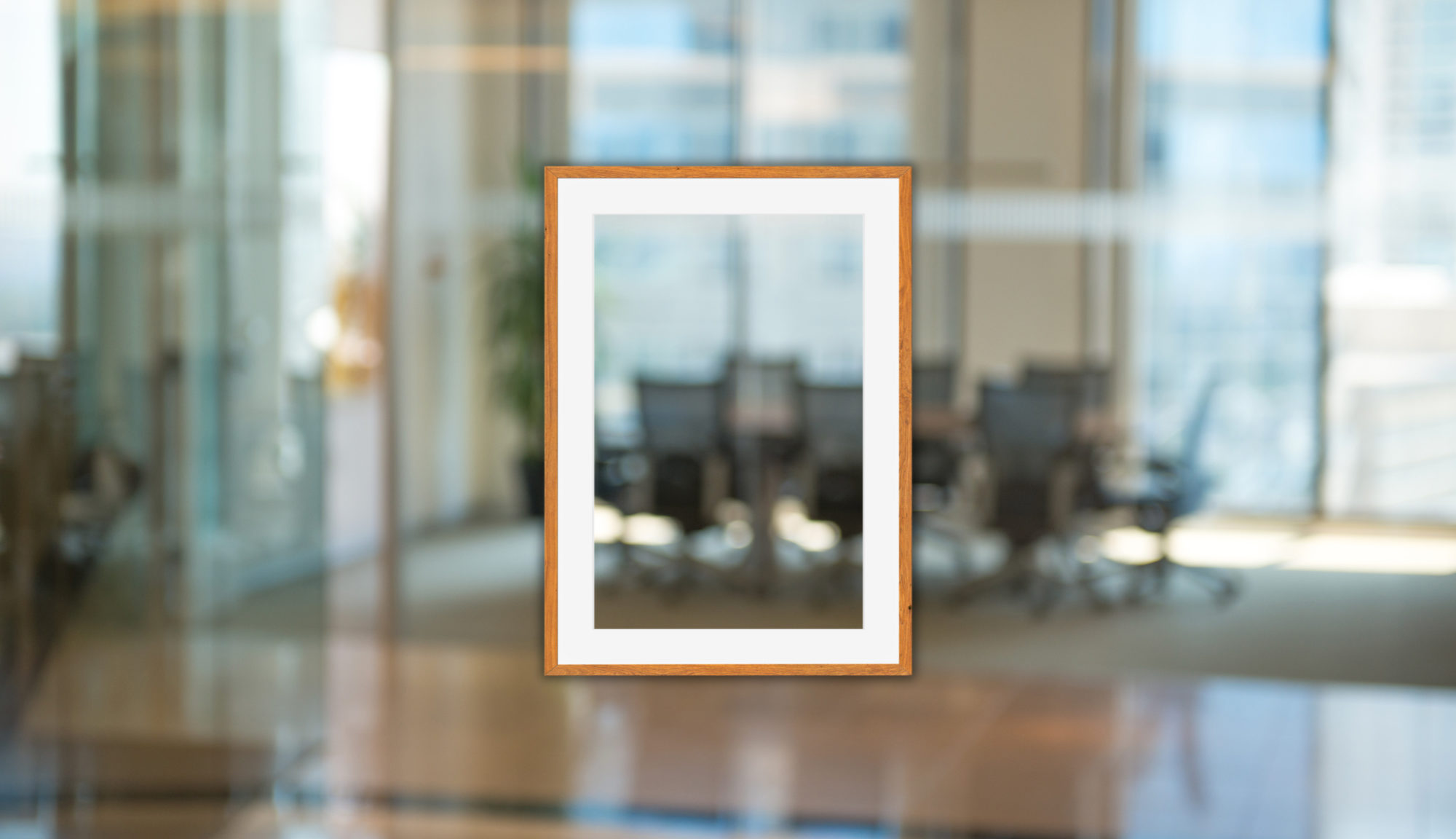Elevate Your Workspace Aesthetic with Office Decor Paintings
A well-designed office space plays a crucial role in today’s modern workplace experience. Beyond functionality, the aesthetics of an office environment play a crucial role in fostering creativity, boosting productivity, and creating a positive atmosphere for employees and clients. Among the various elements contributing to office decor, paintings are versatile and impactful additions that can transform any workspace. This comprehensive guide will explore the world of office decor paintings, offering insights into their advantages, selection criteria, placement strategies, and much more.
The Power of Art in the Workplace
Art has long been recognised for its ability to evoke emotions, stimulate thoughts, and create an ambience. In an office setting, these qualities translate into tangible benefits:

1. Enhanced Creativity
Exposure to art in the workplace can significantly boost creative thinking and problem-solving abilities. Studies have shown that visual stimuli, particularly art, activate the brain’s neural pathways related to innovation and divergent thinking. Art encourages employees to look at challenges from new perspectives, fostering an environment where out-of-the-box solutions are more likely to emerge. For instance, a 2017 study published in The Journal of Business Research found that employees working in offices with art were 15% more likely to report higher levels of creative problem-solving.
2. Stress Reduction
Visual art has long been recognised for reducing stress and creating a more calming atmosphere. Research from the American Journal of Public Health demonstrates that visual art can significantly decrease cortisol levels—the hormone associated with stress—and enhance overall well-being. In high-pressure office environments, adding art, particularly soothing nature scenes or abstract pieces with calming colours, can foster a more relaxed atmosphere, ultimately improving employees’ mental health and resilience.


3. Improved Productivity
A well-decorated office with thoughtfully chosen art pieces can enhance employee satisfaction and increase productivity. According to a Harvard Business Review study, employees who feel satisfied with their workplace environment are 16% more productive than those who don’t. Artwork that aligns with employees’ preferences, whether modern, abstract, or landscape-themed, can create an aesthetically pleasing space that contributes to focus, motivation, and efficiency.
4. Brand Identity
Artwork in an office setting serves more than just decorative purposes; it can reinforce the company’s brand identity. Carefully curated paintings can reflect a business’s core values, mission, and vision. For example, a tech company might display abstract art to convey innovation, while an eco-conscious brand could use nature-themed paintings to emphasise sustainability. A report by Forbes highlighted that a strong alignment between workplace decor and brand identity improves corporate culture and communicates the company’s values effectively to employees and clients.
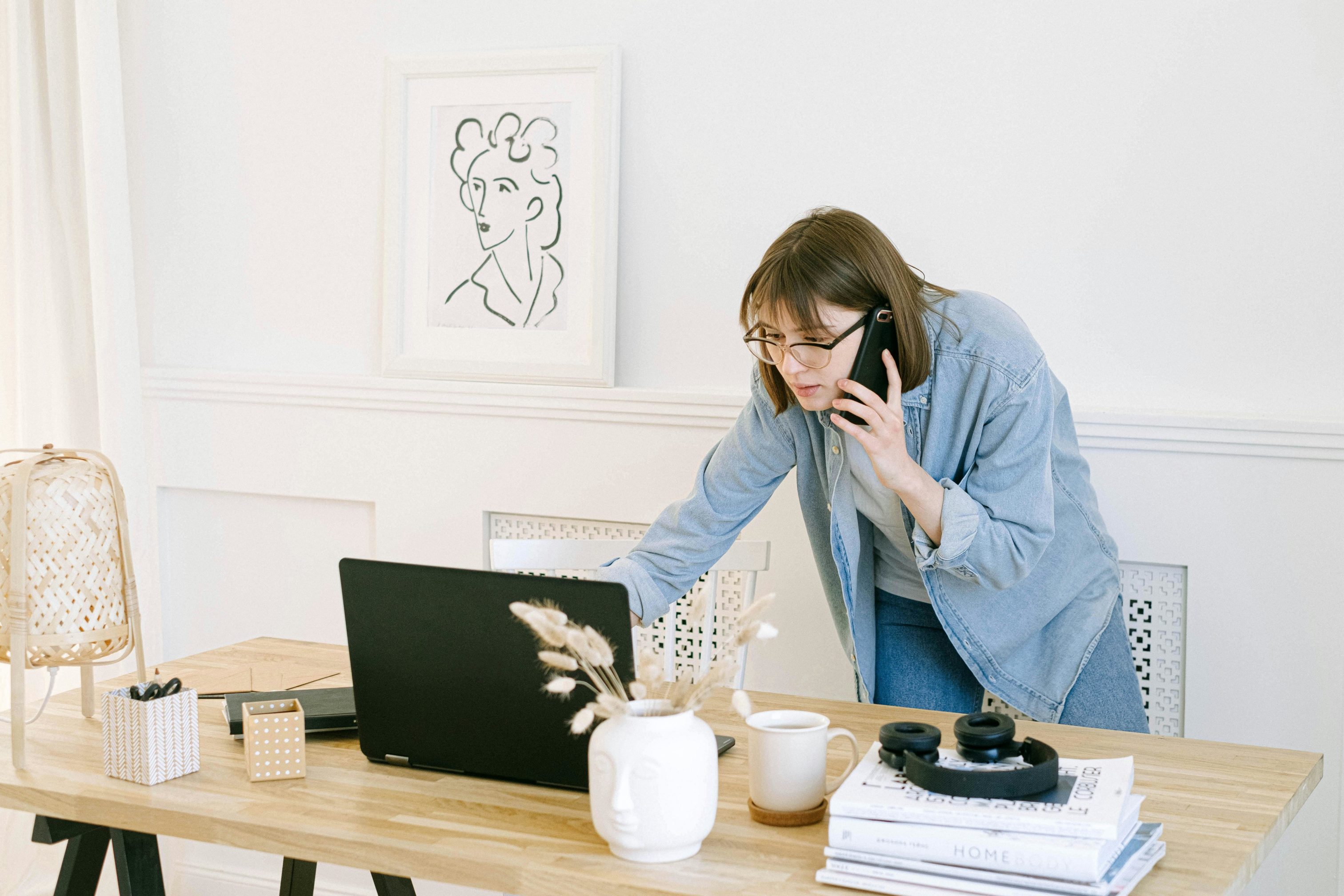

5. Conversation Starters
Art can also serve as a social tool, facilitating interactions and helping to build relationships within the office. Interesting paintings often act as natural ice-breakers, stimulating conversations among employees and visitors. Studies on workplace communication found that environmental factors, including decor, can profoundly affect fostering collaboration and engagement. Artwork that sparks curiosity or resonates with personal interests encourages socialisation, enhancing team dynamics and networking.
Selecting the Right Paintings for Your Office
Choosing the perfect paintings for your office space requires thoughtful consideration. Here are key factors to keep in mind:
1. Office Culture and Brand Identity
Selecting artwork that aligns with your company’s values, mission, and brand aesthetic helps reinforce the company culture and makes a strong impression on employees and visitors. For example, a tech startup might opt for modern, abstract pieces to reflect innovation and forward-thinking. At the same time, a law firm might prefer classical landscapes or portraits to convey tradition, stability, and professionalism. Studies in environmental psychology suggest that aligning office decor with brand identity can positively impact employee engagement and client perception, fostering a sense of belonging and trust within the company.
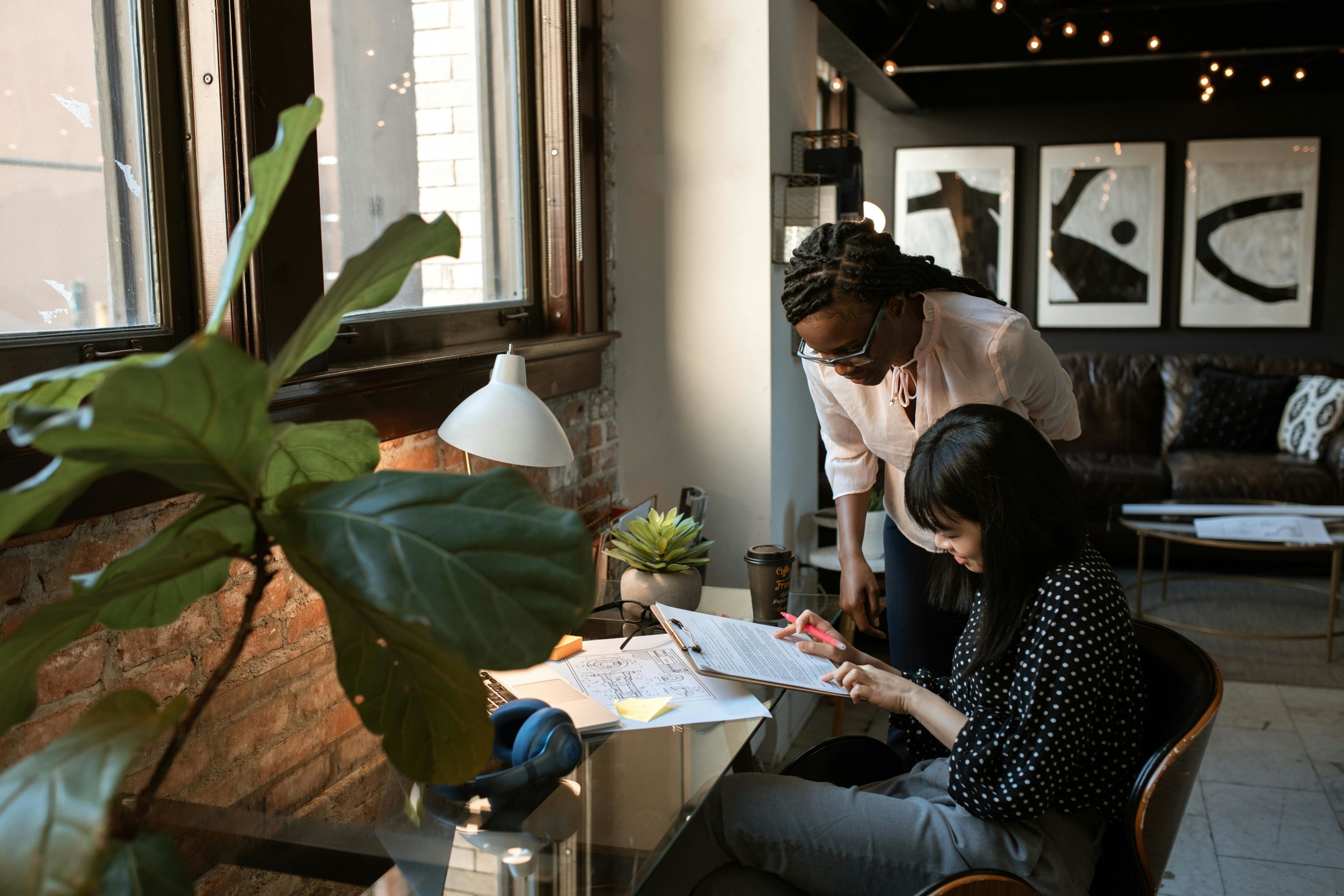

2. Colour Psychology
Colours can significantly impact mood and productivity. Consider the following:
-
- Blue: Promotes calmness and productivity
- Green: Enhances creativity and reduces eye strain
- Yellow: Stimulates optimism and energy
- Red: Increases passion and urgency (use sparingly)
3. Size and Scale
Ensure the paintings are proportionate to the wall space and room size. Oversized art can make a bold statement in large areas, while smaller pieces work well in cosy nooks or as part of a gallery wall.
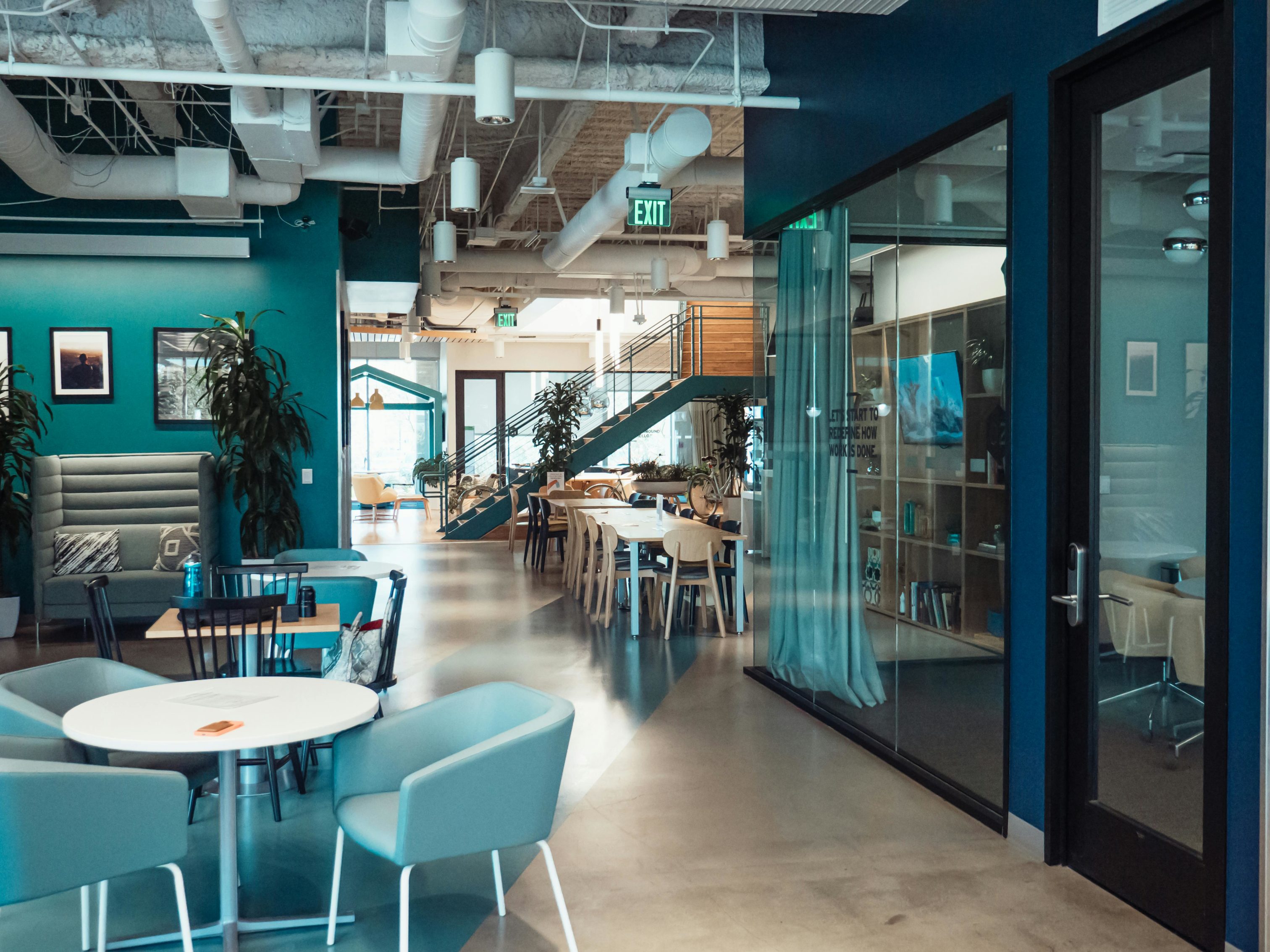
4. Style and Theme
Choose a cohesive style that complements your office decor. Options include:
- Abstract: Ideal for modern, innovative spaces
- Landscapes: Bring a sense of calm and connection to nature
- Minimalist: Perfect for clean, uncluttered environments
- Pop Art: Adds vibrancy and energy to creative workspaces
5. Budget Considerations
Determine your budget early on. Remember that investing in quality art can be a long-term asset for your company.
Types of Office-Appropriate Paintings
1. Abstract Art: Abstract paintings offer versatility and can adapt to various office settings. They allow for personal interpretation and can spark creativity among employees. Abstract art can add a modern touch to your office environment, enhancing its overall aesthetic appeal. Look for pieces with dynamic colours and shapes that complement your office’s colour scheme.
2. Nature and Landscape Paintings: Bringing elements of nature into the office can have a calming effect. Landscape paintings, seascapes, or botanical art can create a sense of tranquillity and help reduce stress in high-pressure environments.
3. Motivational and Inspirational Art: Paintings featuring motivational quotes or inspiring imagery can boost morale and reinforce company values. These can be particularly effective in common areas or meeting rooms.
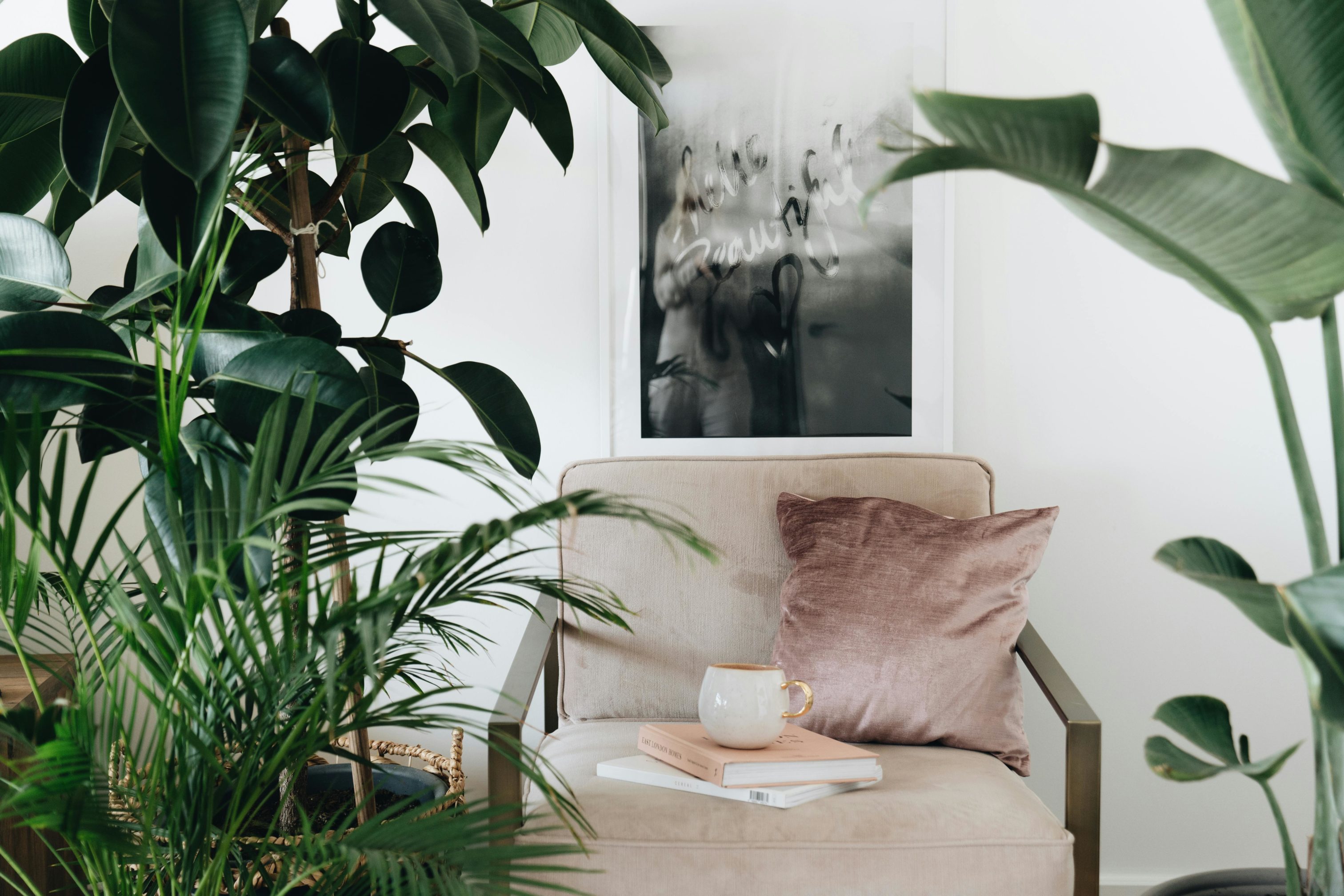
4. Corporate Art: Commissioned pieces incorporating company logos, products, or history can be powerful brand reinforcement and storytelling tools.
5. Local Art: Supporting local artists adds a unique touch to your office and demonstrates community engagement. Consider featuring works that showcase local landmarks or cultural elements.
6. Historical or Vintage Prints: Vintage prints or reproductions of historical paintings can add depth and character to the workspace.
Placement Strategies for Maximum Impact
The location of your office paintings can significantly influence their effectiveness. Consider these placement strategies:
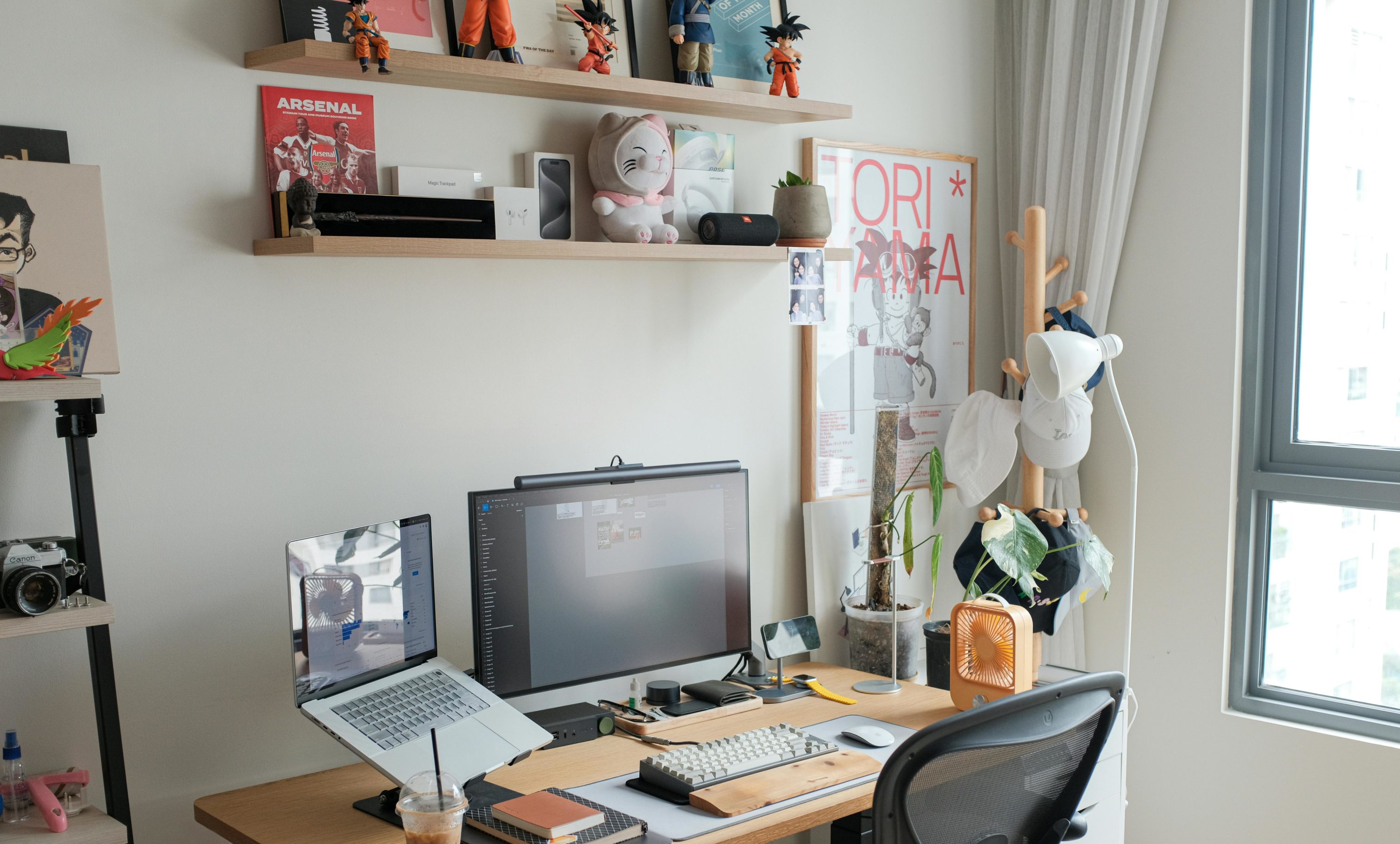
1. Reception Area: Make a strong first impression with a statement piece that reflects your company’s ethos. This sets the tone for visitors and clients.
2. Conference Rooms: Choose thought-provoking or calming pieces that stimulate discussions or create a relaxed meeting atmosphere.
3. Open Work Areas: In shared spaces, opt for larger pieces or a series of related artworks that can be appreciated from various angles.
4 .Private Offices: Allow for more personalised selections in individual offices while maintaining overall coherence with the company’s art theme.
5. Break Rooms: Choose uplifting and energising art to create a refreshing atmosphere where employees can recharge.
6. Corridors and Hallways: Use these spaces to create gallery-like experiences, potentially showcasing a series of related works or rotating exhibitions.
7. Focal Walls: Identify key visible walls from multiple vantage points and use them for impactful, large-scale pieces.
Maintaining and Rotating Your Art Collection
To keep your office decor fresh and engaging, consider implementing an art rotation system:
1. Seasonal Rotations: Change artwork quarterly to reflect seasonal themes or to coincide with company milestones.
2. Employee Involvement: Create a committee or system for employees to suggest or vote on new artworks, fostering a sense of ownership and engagement.
3. Collaborations with Local Galleries: Partner with local art galleries for temporary exhibitions, regularly bringing fresh perspectives into your workspace.

4. Art Leasing Programs: Consider art leasing services that allow you to change your office’s art collection periodically without the commitment of purchasing.
5. Proper Maintenance: Invest in adequate framing, lighting, and cleaning to preserve your art collection and maintain its impact over time.
The Role of Technology in Office Art
As technology continues to evolve, so do the possibilities for incorporating art into office spaces:

1. Digital Art Displays: Use high-resolution screens to display digital art, allowing for easy changes and interactive experiences.
2. Projection-Mapping: Transform entire walls or unconventional surfaces into dynamic art installations using projection technology.
3. Augmented Reality (AR) Art: Implement AR applications allowing employees and visitors to interact with artwork through smartphones or tablets.
4. Smart Lighting: Utilise programmable LED lighting systems to enhance the visual impact of paintings and create different moods throughout the day.
Overcoming Common Challenges
While incorporating art into office decor offers numerous benefits, it’s challenging. Here are some common issues and solutions:
1. Budget Constraints
Solution: Explore options like prints, photography, or emerging artists. Consider a phased approach to building your collection over time.
2. Diverse Tastes
Solution: Opt for neutral or abstract pieces in common areas, allowing for more personalised choices in individual spaces.
3. Limited Wall Space
Solution: To display art without relying solely on wall space, use portable stands, room dividers, or ceiling-mounted systems.
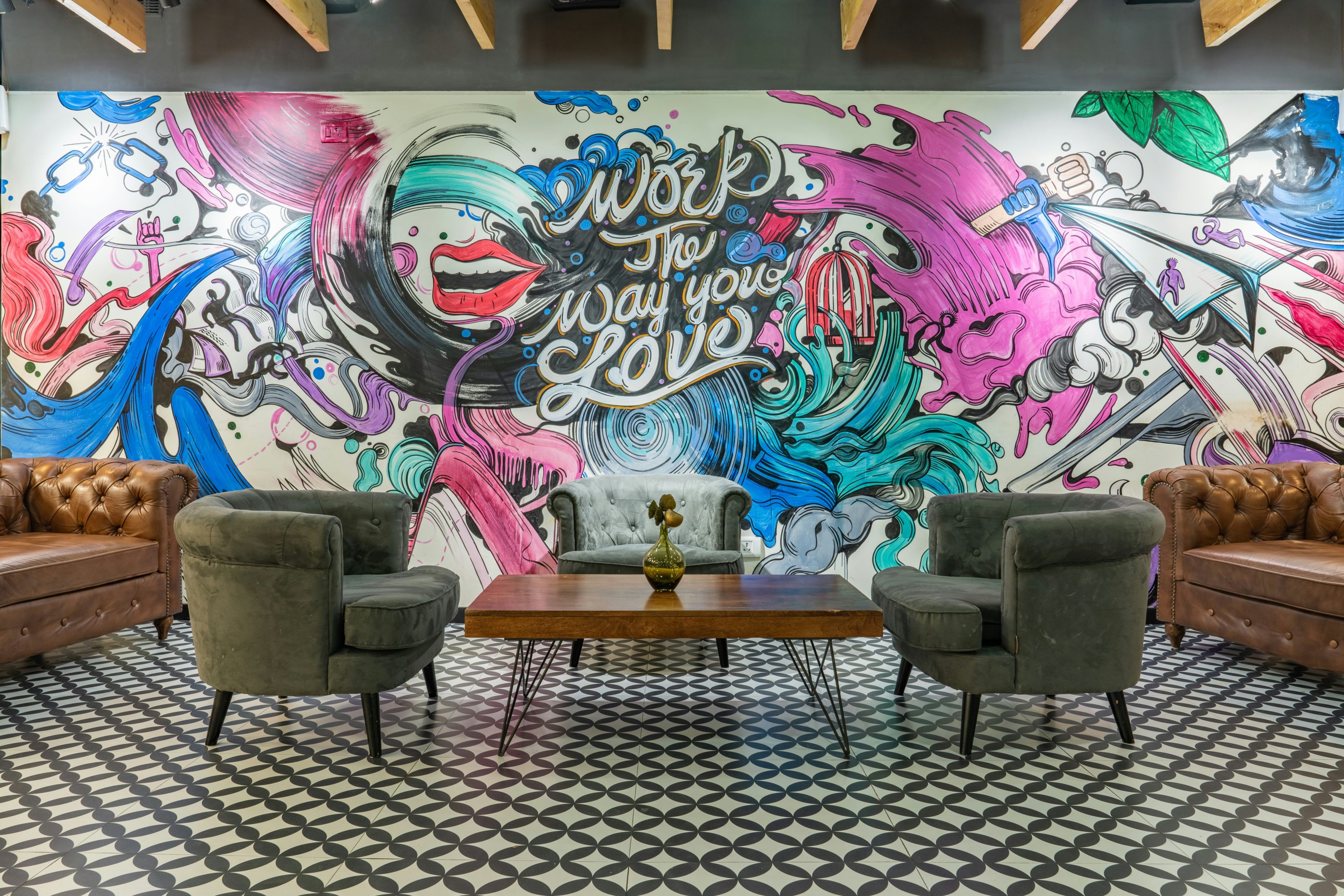
4. Concerns About Distraction
Solution: Choose calming, non-intrusive pieces for work areas and save bolder or more complex art for break rooms and communal spaces.
5. Corporate Guidelines
Solution: Work with a professional art consultant to select pieces that align with corporate aesthetics while offering visual interest.
Measuring the Impact of Office Art
To justify the investment in office decor paintings, consider implementing ways to measure their impact:

1. Employee Surveys: Conduct regular surveys to gauge employee satisfaction with the office environment and the impact of the artwork.
2. Productivity Metrics: Monitor productivity levels before and after introducing new artwork to identify any correlations.
3. Client Feedback: Collect feedback from clients and visitors about their impressions of your office space and the artwork.
4. Social Media Engagement: Track mentions and shares of your office artwork on social media platforms to measure employee and visitor engagement.
5. Wellness Indicators: Monitor metrics related to employee well-being, such as stress levels, job satisfaction, and office aesthetics.
Conclusion: The Lasting Value of Office Decor Paintings
Investing in office decor paintings is more than just an aesthetic choice; it’s a strategic decision that can yield long-term benefits for your organisation. From boosting creativity and productivity to reinforcing brand identity and improving overall well-being, the power of art in the workplace is undeniable.
By carefully selecting, placing, and maintaining a thoughtful collection of paintings, you create an impressive environment that fosters innovation, collaboration, and employee satisfaction. Remember that your office art collection reflects your company’s values and aspirations—it tells a story to everyone who enters your space. Incorporating art into business interiors enhances employee productivity and client impressions, making it a smart and impactful investment.
As you embark on enhancing your workspace aesthetics with paintings, consider it an ongoing process. Stay open to new artists, styles, and technologies that can keep your office environment fresh and inspiring. Engage your team in the process, and watch as your workspace transforms into a vibrant, motivating, and aesthetically pleasing environment that everyone looks forward to spending time in.
Ultimately, the right office decor paintings do more than just decorate walls—they breathe life into your workspace, inspire your team, and create a lasting impression on all who visit. They invest in your company’s culture, productivity, and future success.

